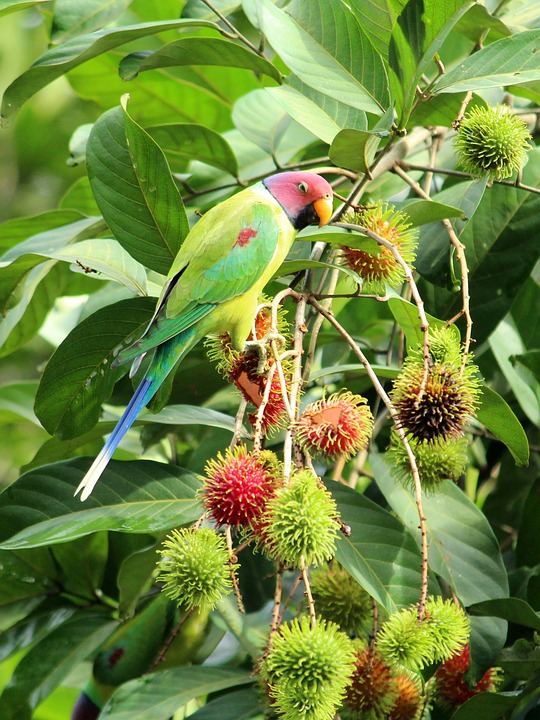Parrots are fascinating creatures with their vibrant colors, intelligence, and playful nature. One intriguing aspect of their behavior is their fascination with mirrors and reflections. In this article, we will explore the reasons behind this behavior and how it affects our feathered friends.
Parrots are known to exhibit the mirror effect when they see their reflection in a mirror. Like humans, parrots possess mirror neurons that enable them to imitate and learn from others. When they encounter their reflection, they perceive it as another parrot and may engage in social behaviors such as vocalizations, head bobbing, or even courtship displays. This mirror effect is a result of their cognitive abilities and social nature.
Mirrors also provide visual stimulation, which is crucial for the mental well-being of parrots. The vibrant colors and movement in mirrors can captivate their attention, keeping them mentally active and entertained. This stimulation is essential for preventing boredom and ensuring a healthy mental state for these intelligent creatures.
Some parrot species, such as African Greys and Amazons, have shown the ability to recognize themselves in mirrors. This self-recognition indicates a higher level of cognitive abilities. Additionally, mirrors can serve as a means for parrots to reinforce their sense of identity. By interacting with their reflection, they may establish a connection with what they perceive as another parrot, reinforcing their social bonds.
Mirrors can also provide emotional stimulation for parrots. They are highly social animals and can experience feelings of loneliness when left alone. Mirrors can provide them with a sense of companionship and relieve their emotional distress to some extent. However, it is important to note that parrots may display a range of emotional responses when confronted with mirrors, including excitement, curiosity, or even aggression. Understanding these responses can help us gauge their emotional well-being and address any potential issues.
While mirrors can be a valuable source of mental stimulation and companionship, there are also concerns and considerations to keep in mind. Excessive reliance on mirrors can lead to social isolation, as parrots may prefer interacting with their reflection rather than seeking companionship from their human caregivers or other birds. In some cases, parrots may become obsessed with their reflection, leading to repetitive behaviors, decreased interest in other enrichment activities, or even self-mutilation. It is crucial to monitor their mirror interactions and provide a balanced environment that includes social interactions and other forms of enrichment.
When placing mirrors in the parrot’s environment, it is important to consider their safety. Mirrors should be placed in areas where parrots can access them easily but ensure they are not too close to perches or play areas to prevent injuries during excited interactions. To avoid potential injuries from pecking or flying into mirrors, consider using non-glass alternatives such as acrylic or stainless-steel mirrors, specifically designed for bird use.
In conclusion, understanding parrot behavior, including their fascination with mirrors and reflections, is crucial for providing a suitable environment that promotes their well-being. While mirrors can be a valuable source of mental stimulation and companionship, it is essential to strike a balance and ensure they do not hinder social interactions or lead to behavioral issues. By observing their behavior and responding appropriately, we can enhance the lives of our feathered companions and strengthen our bond with them.









